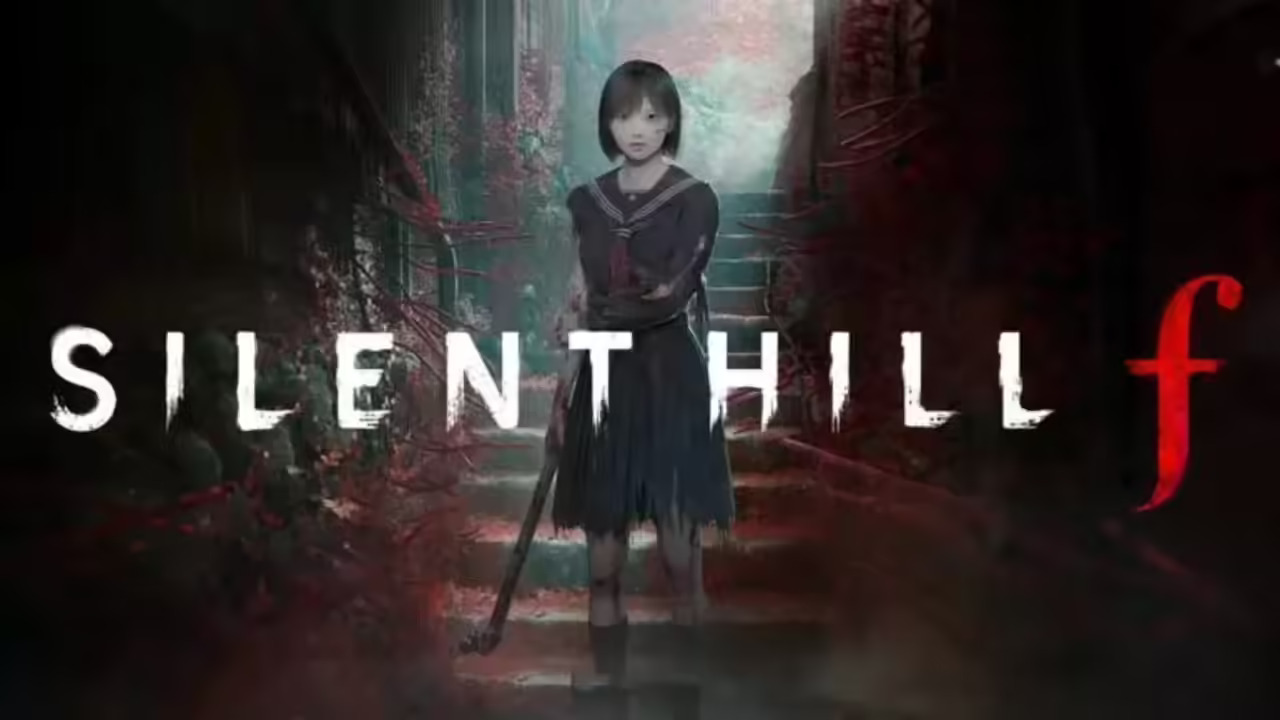
when Horror Yearbook – Silent Hill f is not a game meant to be rushed through in a weekend marathon. It demands patience, reflection, and at times, a willingness to be unsettled. Set in 1960s Japan, this psychological horror experience delves into themes that resonate far beyond its period setting. It reflects modern cultural anxieties and the way fear grows quietly beneath societal expectations. The narrative focuses on Hinako Shimizu, a schoolgirl from the small town of Ebisugaoka, where her father controls the home through cruelty and fear. Her friendships and hidden affections build a fragile social world that shatters when a supernatural fog sweeps over the town. Residents disappear, monsters emerge, and ordinary teenage struggles transform into something nightmarish. Silent Hill f uses this foundation not just to frighten but to confront uncomfortable truths about growing up in a world shaped by oppressive structures.
The terrifying beauty of Silent Hill f lies in how the supernatural and the personal are intertwined. Once the fog rolls in, the town is transformed into a stage where Hinako’s fears take physical form. She walks through streets lined with grotesque creatures, including distorted marionettes and monstrous beings that embody psychosexual anxieties. In moments of unconsciousness, she awakens in an underworld where a man wearing a fox mask manipulates her, pushing her toward a dangerous path of self-discovery. The shadowy atmosphere feels alive with menace, while her childhood doll serves as a strange guide and occasional warning. Silent Hill f borrows inspiration from classic horror works like The Exorcist and Carrie, exploring the difficult transition from adolescence to adulthood. Each monster reflects the attitudes and pressures around Hinako, revealing the cultural weight she carries simply by existing in a rigid society.
“Read about: Amanda The Adventurer 2 Drops October 16: The Horror Story Gets Even Darker”
Horror has always been a powerful mirror, and Silent Hill f uses it masterfully. Just as Silent Hill 2 explored male guilt and repression, this new entry turns its lens toward the fears surrounding young women. The monsters are not random terrors but symbolic expressions of societal misogyny and patriarchal control. Academic studies of the monstrous feminine find new life in this game, with fears of female adolescence and transformation represented through nightmarish creatures and oppressive environments. The town of Ebisugaoka is a reflection of Hinako’s own experiences and the cultural expectations forced upon her. Every alley, abandoned school corridor, and fog-filled street tells a story of control, silence, and the consequences of rebellion. By exploring these spaces, players confront both external threats and the internal weight of gendered trauma that shapes Hinako’s world.
The gameplay in Silent Hill f embraces the slow, methodical rhythm that defined early survival horror. Combat can feel clunky, but that is by design. Players control a schoolgirl, not a trained soldier, and the sense of vulnerability amplifies the terror. The environments are meticulously crafted, from misty farmland edges to decaying interiors, each space layered with meaning. Puzzles echo the series’ legacy, challenging without overwhelming. Interactions with characters like Rinko and Shu add emotional depth, revealing teenage desires and insecurities beneath the surface horror. Short cinematic sequences balance storytelling with gameplay, allowing players to breathe without ever feeling safe. While the combat may not redefine the genre, the world-building ensures players remain immersed in a narrative that blurs the line between myth and personal fear, echoing through every silent street.
Silent Hill f is not content with being just another entry in a long-running franchise. It is a statement about adolescence, gender, and the cultural forces that shape identity. It replaces cheap jump scares with carefully constructed dread and uses rural Japanese mythology to deepen its themes. Rather than glorifying terror, it examines it with precision, showing how real-world structures can be as frightening as any supernatural creature. This focus gives the game a distinct place in modern horror, proving that survival horror still has powerful stories to tell three decades after its birth. Players who step into Ebisugaoka will find more than monsters. They will find a reflection of fears both personal and collective, lingering long after the credits roll.
This article is sourced from theguardian and for more details you can read at horroryearbook
Writer: Sarah Azhari
Editor: Anisa